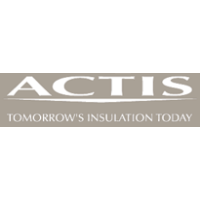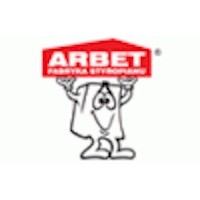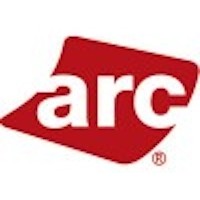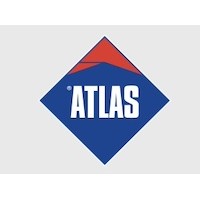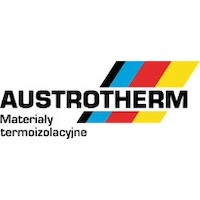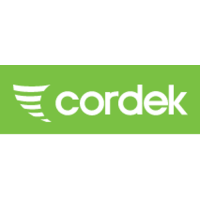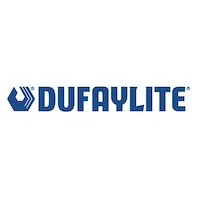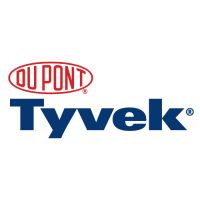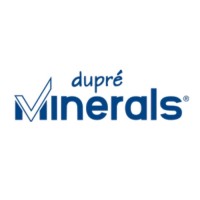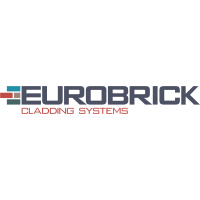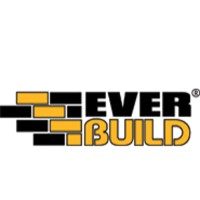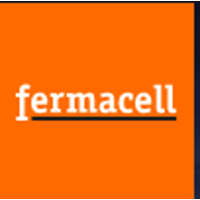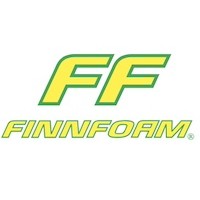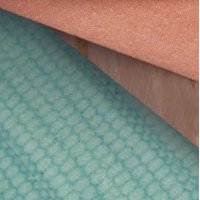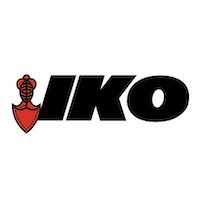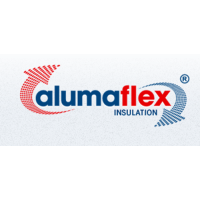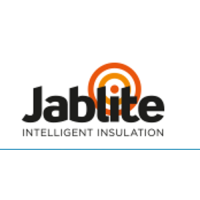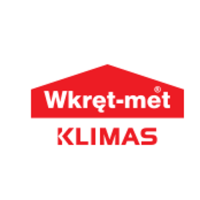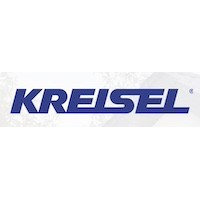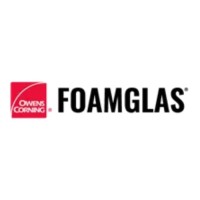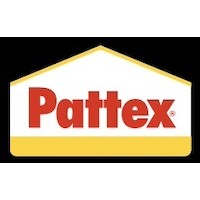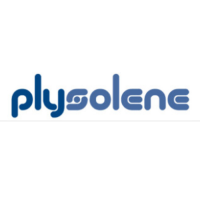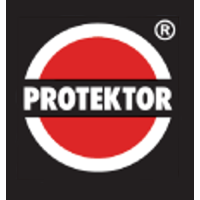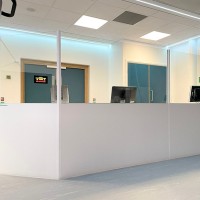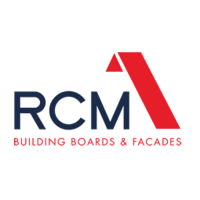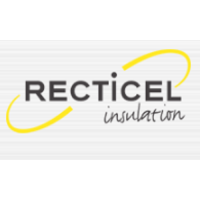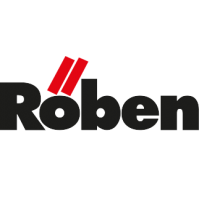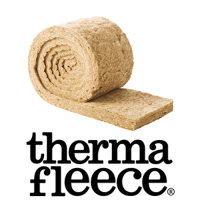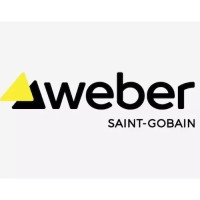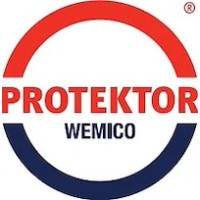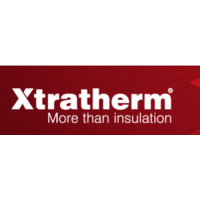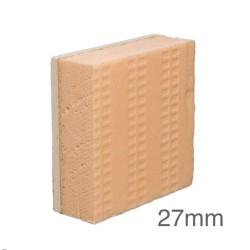-
Categories
- Glass and Rock Wool Insulation
- Phenolic Insulation Boards
- PIR (polyisocyanurate) Boards
-
Polystyrene Boards
- Insulation Bonded to Other Material
- Reflective Foil Insulation
- Eco Products
- Gypsum Based Boards
- Cement Based
- Calcium Silicate Boards
- Heave Protection
- Renders and Adhesives
- Paints
- Wood Based
- Tools
- Acoustic Insulation & Soundproofing
-
External Wall Insulation Systems
-
Cladding and Weatherboards
- Fire Protection
- Roof Insulation
- Loft Insulation
- Ceiling Insulation
- Floor Insulation
-
Wall Insulation
-
Dry Lining
- Pipe Insulation
- Mould Eradication
- Moisture and Water Resistant
- Void Formers
- Slabs and Batts
- Import | Wholesale
- Insulation Rolls
- Accessories
- All Products
- Aquapanel Systems
-
Select Brand
- Actis
- Acuphon
- Ancon
- Arbet
- ARC Building Solutions
- Atlas
- Austrotherm
- BAL
- BASF
- Beck Products Ltd
- Bison Building Systems
- Blue Dolphin
- British Gypsum
- Budmat
- Cekol
- Cellecta
- Celotex
- Cembloc
- Cembrit
- Cemex
- Ceresit
- CMS Danskin Acoustics
- Cordek
- Dow Chemicals
- Dufaylite
- DuPont Tyvek
- Dupré Minerals
- EcoHome Insulation
- EcoTherm Insulation
- ErfurtMAV
- Etex Exteriors
- Eurobrick
- Euroform
- Everbuild
- EWI Pro
- Fermacell
- Finnfoam
- Foliarex
- Friulsider
- Guardian Insulation Solutions
- Gurit
- Hush Acoustics
- Icopal
- Iko
- IMS-Insulation
- Insofast
- IPP
- Isomass
- Isoroc
- Isover
- Jablite
- James Hardie
- JCW
- Joris Ide
- Kay-Metzeler
- Kemwell
- Kingspan
- Klimas W-M
- Knauf
- Koelner
- Kreisel
- Low-E
- Mapei
- Marmox
- MGC
- Midland Lead
- Millboard
- Novia
- Owens Corning Foamglas
- Pattex
- Plastestrip
- Plysolene
- Polbud
- Polyfoam XPS
- Powerlon
- PRO Tools
- Proctor
- Promat
- Protektor
- PSCoat
- Ramco Industries Limited
- Ravago Building Solutions
- Raybloc
- RCM
- Recticel
- Resistant Building Products
- Röben
- Rockpanel
- Rockwool
- Siderise
- Simpson Strong-Tie
- Siniat
- Skamol
- Soprema
- Speedline
- STS
- Styropoz
- Sundolitt
- SuperFOIL
- Superglass
- SureCPS
- Teco
- Tenmat
- Tepe Betopan
- Thermafleece
- Thermal Economics
- TLX Insulation
- Toughsheet
- Unilin (prev. Xtratherm)
- URSA
- Vandex
- Various
- Visqueen
- Weber
- Wemico
- Xtratherm
- YBS Insulation
- ZVM
- Products
-
Systems
- Cedral Cladding Systems
- Cellecta Insulation Systems
- External Wall Insulation (EWI)
- Isomass Acoustic Systems
- JCW Acoustic Insulation Systems
- Knauf Aquapanel Systems
- Metal Frame Ceiling Systems
- Metal Frame Floor Systems
-
Metal Frame Wall Systems
- Cavity Fire Barriers
- DriLyner BASIC
- DriLyner MF
- DriLyner RF
- DriLyner SI
- DriLyner TL
- FireCase
- FireWall
- GypLyner ENCASE
- GypLyner IWL
- GypLyner UNIVERSAL Wall Lining
- GypWall AUDIO
- GypWall CLASSIC
- GypWall CURVE
- GypWall EXTREME
- GypWall QUIET
- GypWall QUIET IWL
- GypWall QUIET SF
- GypWall RAPID dB Plus
- GypWall ROBUST
- GypWall SECURE
- GypWall STAGGERED
- ShaftWall
- Timber Frame Wall Systems
- Timber Joist Floor and Ceiling Systems
- Delivery Info
- Payment Info
- Testimonials
- About Us
- Knowledge
- Articles
- Insulation Laminating & Cutting Service
- Terms & Conditions
- Site Map
- Contact
- Shopping Cart0
- Checkout
- Quote List
- Product Compare0
All
- All
- Aquapanel Systems
- Knauf Aquapanel Exterior Walls System
- Knauf Aquapanel Interior Walls System
- Knauf Aquapanel Ceilings System
- Knauf Aquapanel Floor System
- SIP - Structural Insulated Panels
- Glass and Rock Wool Insulation
- Glass Wool Insulation
- Rock Wool Insulation
- Plasterboards with Mineral Wool Insulation
- Rock Wool Slabs for Insulated Render
- Fire Barriers
- Rock Wool Cavity Closers
- Plasterboards with Mineral Wool Insulation
- Rock Wool Slabs for Insulated Render
- Damp Proofing
- PIR (polyisocyanurate) Boards
- Plasterboards with PIR Insulation
- Phenolic Insulation Boards
- Plasterboards with Phenolic Insulation
- Phenolic Boards for Insulated Render
- Phenolic Cavity Closers
- Polystyrene Boards
- Expanded Polystyrene Insulation EPS
- EPS Polystyrene for Insulated Render
- EPS Polystyrene Cavity Closers
- Compressible (shrinkable) Insulation EPS
- Extruded Polystyrene Insulation XPS
- XPS Polystyrene Cavity Closers
- Reinforced and Tile Backer XPS Boards
- Compressible (shrinkable) Insulation EPS
- Laminated Polystyrene (EPS, XPS)
- EPS Polystyrene for Insulated Render
- XPS for Insulated Render
- Insulation Bonded to Other Material
- Insulated Plasterboards
- Plasterboards with PIR Insulation
- Plasterboards with Phenolic Insulation
- Plasterboards with EPS Polystyrene
- Plasterboards with Mineral Wool Insulation
- Plasterboards with XPS Polystyrene
- Insulated Plywood
- Insulated OSB
- Reflective Foil Insulation
- Eco Products
- Gypsum Based Boards
- Render Carrier Boards
- Calcium Silicate Boards
- Renders and Adhesives
- Paints
- Wood Based
- OSB Boards
- Chipboards
- Plywood Boards
- Cement Wood Particle Boards
- Tools
- Cutting Tools
- Workshop Tools
- Carpentry Tools
- Masonry Tools
- Plasterer Tools
- Acoustic Insulation and Soundproofing
- Acoustic Insulation Slabs and Rolls
- Floor Boards, Battens and Cradles
- Acoustic Plasterboards and Resilient Bars
- Acoustic Mats, Underlays, Strips and Bands
- Accessories and Metal Components
- EWI Systems - Insulated Render
- Insulation Boards for Insulated Render
- Phenolic Boards for Insulated Render
- Rock Wool Slabs for Insulated Render
- EPS Polystyrene for Insulated Render
- XPS for Insulated Render
- Renders and Adhesives
- Adhesives and Base Coats for Insulated Render Systems
- Silicone Renders
- Acrylic Renders
- Mineral Renders
- Silicate Renders
- Mosaic Renders
- Insulation Fixings for Insulated Render Systems
- Aluminium and Plastic Profiles
- Sill Extensions and Flashings
- Brick Slips
- Render Carrier Boards
- EWI Tools
- Cladding | Weatherboards
- Rockpanel
- Rockpanel Fixings and Accessories
- Cedral Weatherboard Cladding
- Cedral Click Cladding
- Cedral Lap Cladding
- Swisspearl Facade Panels
- Swisspearl Cladding Systems
- Hardie Fibre Cement Cladding
- Bison Composite Batten Cladding
- Supertech Weatherboard
- Insulation for Ventilated Cladding - Rainscreen
- Fire Protection Boards
- Calcium Silicate Boards
- Intumescent Products
- Fire Barriers
- Roof Insulation
- Flat Roof Insulation
- Pitched Roof Insulation
- Inverted Roof Insulation
- Cement Boards
- Render Carrier Boards
- Cement Wood Particle Boards
- Loft Insulation
- Ceiling Insulation
- Floor Insulation
- Wall Insulation
- Insulation for Ventilated Cladding - Rainscreen
- Insulated Plasterboards
- Plasterboards with PIR Insulation
- Plasterboards with Phenolic Insulation
- Plasterboards with EPS Polystyrene
- Plasterboards with Mineral Wool Insulation
- Plasterboards with XPS Polystyrene
- Insulation Boards for Insulated Render
- Phenolic Boards for Insulated Render
- Rock Wool Slabs for Insulated Render
- EPS Polystyrene for Insulated Render
- XPS for Insulated Render
- Cavity Wall Insulation
- Internal Wall Insulation
- Partition Wall Insulation
- Brick Slips
- Dry Lining
- Products in Bags and Tubs
- Plasterboards
- Insulated Plasterboards
- Plasterboards with PIR Insulation
- Plasterboards with Phenolic Insulation
- Plasterboards with EPS Polystyrene
- Plasterboards with Mineral Wool Insulation
- Plasterboards with XPS Polystyrene
- Specialist Board
- Metal Frame Products and Systems
- Screws
- Pipe Insulation
- Void Formers
- Mould Eradication
- Moisture and Water Resistant
- Extruded Polystyrene Insulation XPS
- XPS Polystyrene Cavity Closers
- Reinforced and Tile Backer XPS Boards
- Reinforced and Tile Backer XPS Boards
- Compressible (shrinkable) Insulation EPS
- Import | Wholesale
- Slabs and Batts
- Insulation Rolls
- Accessories
- Profiles and Beads - External Rendering
- Cavity Closers
- EPS Polystyrene Cavity Closers
- XPS Polystyrene Cavity Closers
- Rock Wool Cavity Closers
- EVA Foam Cavity Closers
- Phenolic Cavity Closers
- Breather Membranes
- Tapes
- Wall Ties & Clips
- Strips and Bands
- Insulation Fixings
- All Products
-
Categories
by type of material:
by application:
others:
-
Systems
Insulation and Drylining Systems
-
Brands
- Products
- Delivery Info
- Payment Info
- More
- Checkout
0
-
Your quote list is empty!
Cart0 item(s) - £0.00
0
Your shopping cart is empty!

